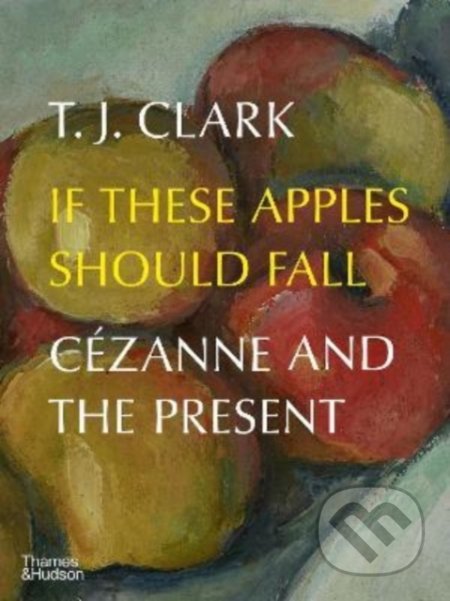Those Passions
Knihu koupíte v
1 e-shopu
od
1 000 Kč
Pokud se vám po kliknutí na tlačítko "Do obchodu" nezobrazí stránka knihy ve vybraném e-shopu, je třeba vypnout AdBlock ve vašem prohlížeči pro naši stránku.
Návod na vypnutí je například na adrese https://o.seznam.cz/jak-vypnout-adblock/#1.
Krátký popis
'For those, though, who relish brilliant analysis of painting – as
well as former students of art history, like me, for whom, at
university, Clark was a sort of god – Those Passions will be
essential reading. Its finest essays engage in depth with
painting’s subtle minutiae, observing and explaining how tiny
touches can contribute to powerful overall effects. A bravura study
of Henri Matisse’s Woman with a Hat (1905) is a case in point. ...
Likewise, his scintillating exposition of The Lion Hunt (1855) by
Eugène Delacroix – a detail from which, reproduced on a French
poster which he bought in 1966, dominates his study' Sunday
Telegraph 'A timely study of the connection between art and
politics' Observer The careful distillation of a lifetime’s writing
by the internationally renowned art historian T.J. Clark, who
addresses key issues of art’s relationship with politics. Is art
obliged to engage with politics? If so, how? By taking sides in
political struggle; by singing the song of the barricade, the new
nation, the bombed city? Or by giving form to the deeper patterns
of experience – the raw materials of ‘society’ – from which any
politics is made? Using case studies stretching across the
centuries, from Hieronymus Bosch to Jacques-Louis David and the
French Revolution, from Walter Benjamin to Pier Paolo Pasolini,
Those Passions aims to show how modern art has responded to the
chaos and danger of modern life. In the book’s three sections –
‘Precursors’, ‘Moderns’ and ‘Modernities’ – internationally
renowned art historian T. J. Clark unpicks the nature of capitalist
society and its visual culture. He tries to understand the politics
of appearance which is now our natural home – the twists and turns
of consumerism, the arrival of the 24-hour image-world, the
changing modes of symbolic production and the ongoing saturation of
life by pictures and ‘data’ – and take stock of our guilty love
affair with the imagery of violence, our attitude to the
dream-world of advertising, the power and pathos of screen time.
Written over the course of twenty-five years, these radical,
provocative essays rethink issues central to art-making and
political life today.
Vývoj ceny
Aktuální Ø cena knihy Those Passions je 1 031 Kč
Výběr knih autora
T.J. Clark
Zobrazit všechny knihy autora
T.J. Clark
Výběr knih vydavatele
Thames a Hudson Ltd
Zobrazit všechny knihy vydavatele
Thames a Hudson Ltd
Naše tipy
- Právě probíhající akce a slevy na knihy
-
Knihydobrovsky.cz | do 12.12.2025
-
Knihydobrovsky.cz | do 17.12.2025
-
Knihydobrovsky.cz | do 24.12.2025
-
Knihydobrovsky.cz | do 24.12.2025
-
Bookshop.cz | do 31.12.2025
- zobrazit všechny akce













